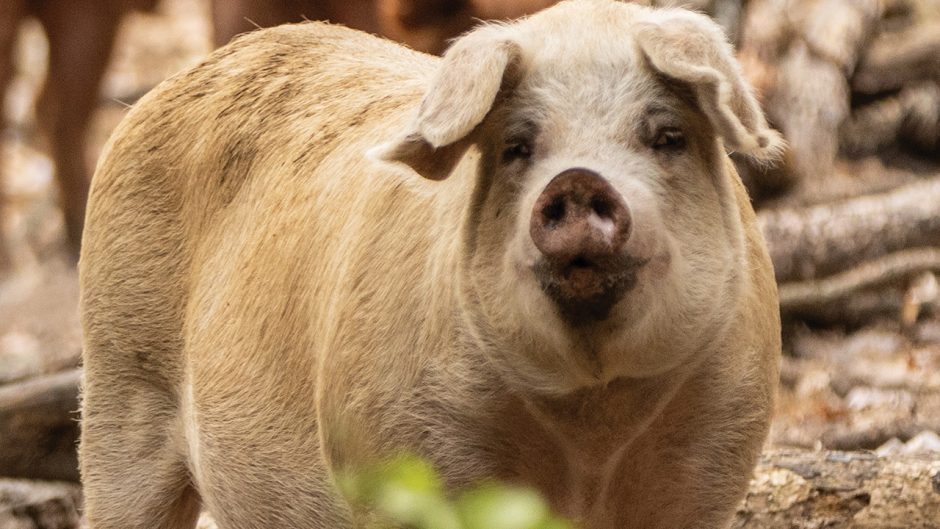Hunger can be hard to recognize because the 1 in 7 Missourians who are facing food insecurity can look like anyone — the parent who is in between jobs and sometimes goes to bed hungry so the kids can eat dinner; the retiree who gets sick and must choose between buying medicine or groceries; the 16-year-old student who takes a job, not for spending money but to help feed younger siblings.
In the latest edition of the Missouri Hunger Atlas, the fifth since 2008, researchers at MU’s Interdisciplinary Center for Food Security confirm that hunger remains a critical issue, despite improvement from 2016. By compiling county-level data from public agencies, the researchers report on “need” — the prevalence of food uncertainty and eligibility for access to food through public programs. They also assess “performance” — how well programs such as food stamps and free and reduced-price lunches meet the needs of those who lack reliable access to affordable, nutritious food.
Need vs. Performance
Calculated from 2019 Missouri Hunger Atlas data
Missouri’s food insecurity over time
An all-time high of 1 million Missourians (16.8 percent) were food insecure in 2016. Despite the national economic recovery and lower unemployment since then, about 865,000 Missourians (14.2 percent) continued to suffer in 2019, compared to 11.8 percent nationwide. Missouri’s modest improvement surprised Sandy Rikoon, who co-directs the center. “I’m not sure the economic recovery will help a lot in the future unless it results in higher wages,” he says.
Poverty predicts hunger
Poor counties in southern Missouri have up to 23.2 percent of individuals in need. But, Rikoon points out, many Ozark and Bootheel counties also have the highest levels of performance. “Knowing which areas have the highest concentration of people in need, the state has done a good job directing resources there. That’s good news.”
Who falls through the cracks
The bad news is that suburban counties around St. Louis and Kansas City — St. Charles, Lincoln, Jefferson, Clay, Cass, Johnson — are low-performing areas. Although they are technically “low need,” these counties are heavily populated, which means many people are still at risk of hunger. “If you’re poor and food insecure in those counties, you’re likely to fall through the cracks,” says Rikoon, adding that stigma may deter some from seeking assistance.
Policymakers rely on the atlas
Policymakers use the atlas to make decisions about where to invest funding and resources. One example: In February 2020, Rikoon testified using atlas data before the Missouri House of Representatives Urban Issues Committee regarding a bill to authorize tax credits to establish a grocery store in a food desert. As a next step, Mizzou researchers are conducting the first comprehensive statewide study of households that use food pantries. The results will provide further insights for food banks and policymakers.
Read the atlas: foodsecurity.missouri.edu/missouri-hunger-atlas
To read more articles like this, become a Mizzou Alumni Association member and receive MIZZOU magazine in your mailbox. Click here to join.





